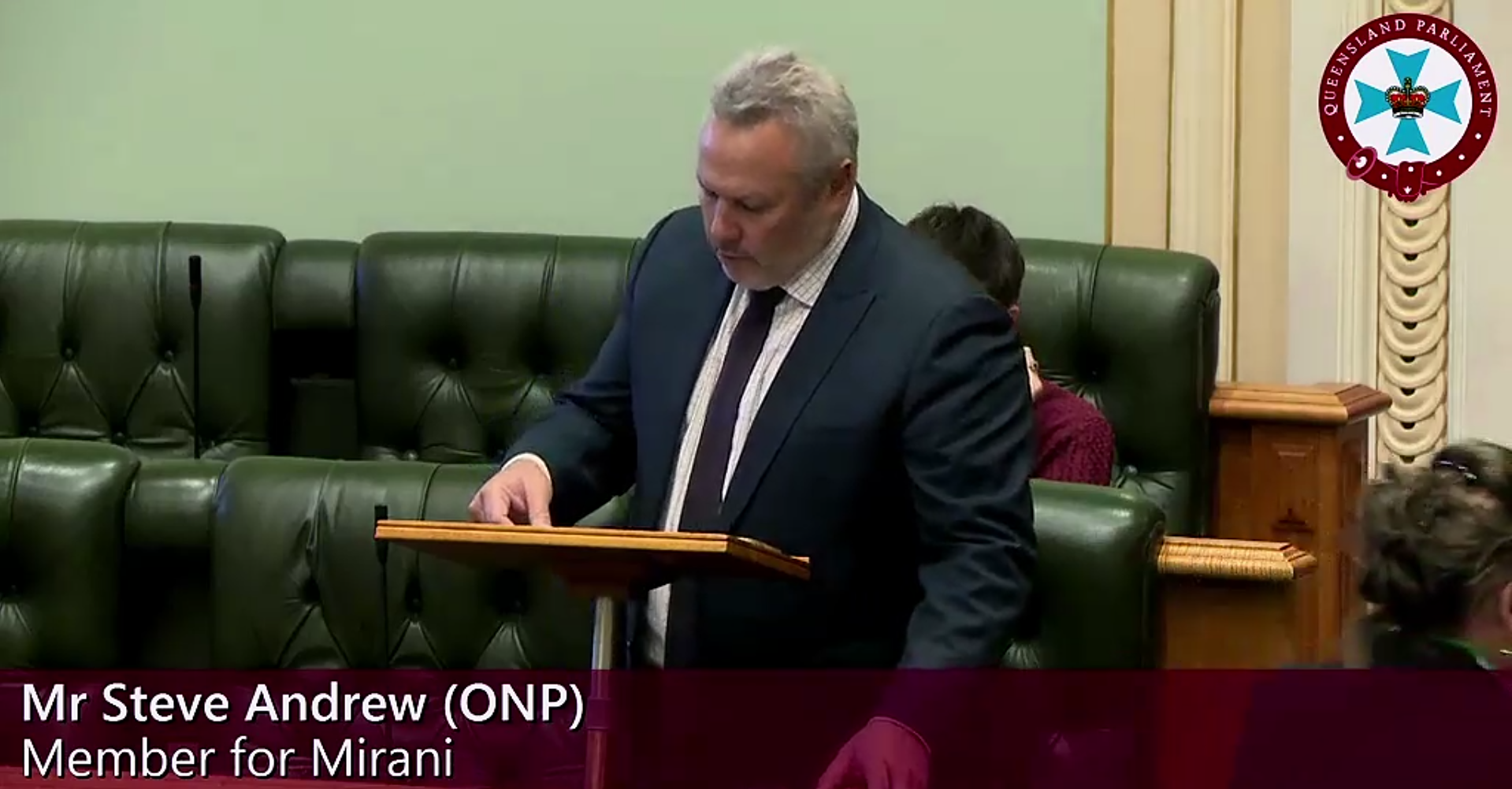Commercial Fishing Industry - Transcript
Mr Andrew: Queensland’s commercial fishing industry is made up of hundreds of small businesses, most of which are family owned and multigenerational. I have fished my whole life and have never known anyone who understands the environment better or wants to preserve the environment more than fishos and farmers. They are some of the greatest conservationists in the world, I believe. For these people, fishing is much more than just a job; it is a way of life, an identity, and an entire culture that the Queensland government is dismantling regulation by regulation. Then there is the post-harvest sector, which has received zero attention within the fisheries reform process. These include the retailers, wholesalers, processors, marketeers, and restaurants, who are all reliant on the commercial fishing industry here in Queensland for their livelihoods.
It has been three decades of top-down reforms, bans and costly restrictions. Licence holders have been forced to watch the value of their fishing licences crash with each governmental announcement. Who wants to buy into an industry with no future? They are losing their infrastructure— jetties, moorings, unloading facilities and wholesalers—and that is the least of what this is industry is being put through by its own government. The stories I have heard firsthand would make your hair stand on end. Heart-rending accounts of mental anguish and despair, suicides, broken marriages, bankruptcy, drug and alcohol abuse, loss of homes and jobs are now almost commonplace in the industry.
Trillions of dollars have been poured into counting the cost of climate change Deputy Speaker, but who is counting the human cost of all of the government’s so-called mitigation strategies? I’ll tell you who. No-one. In 1990 there were 2,799 active professional fishing licences in Queensland. Between 2012 and 2017, the government forked out $16 million to buy back 120 commercial fishing licences. The aim was to reduce the number of licences in circulation in order to reduce the catch. By 2017, only 1,387 commercial licences remained active, 436 of which were net licences. Industry experts I have spoken with recently estimate that the number of active licences today could be as low as 914. If correct, that is a staggering drop of 67 per cent.
According to QFish data, the fish take across all fisheries in Queensland has gone from 21,828 tonnes in 1990 to 13,618 tonnes in 2019. By 2027, fresh fish will be an unaffordable luxury for most Queenslanders. What seafood we do consume will be imported from countries where industry standards and worker protections are virtually non-existent. We are pushing modern-day slavery in some countries by importing. We are also bringing in biosecurity risks such as white spot in our prawns. These people need a compensation package and need to be respected for what they have done. They even fed the war people back in the early days.

No responses yet